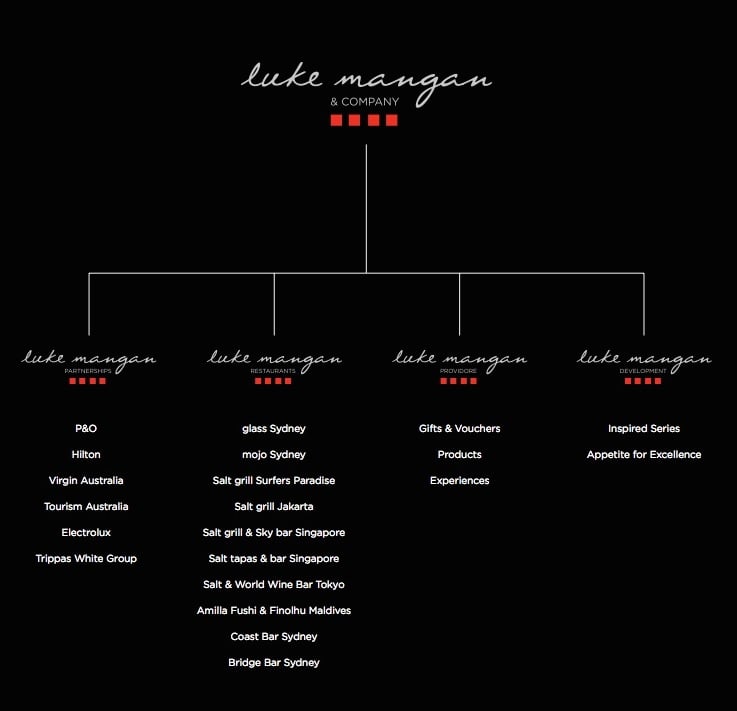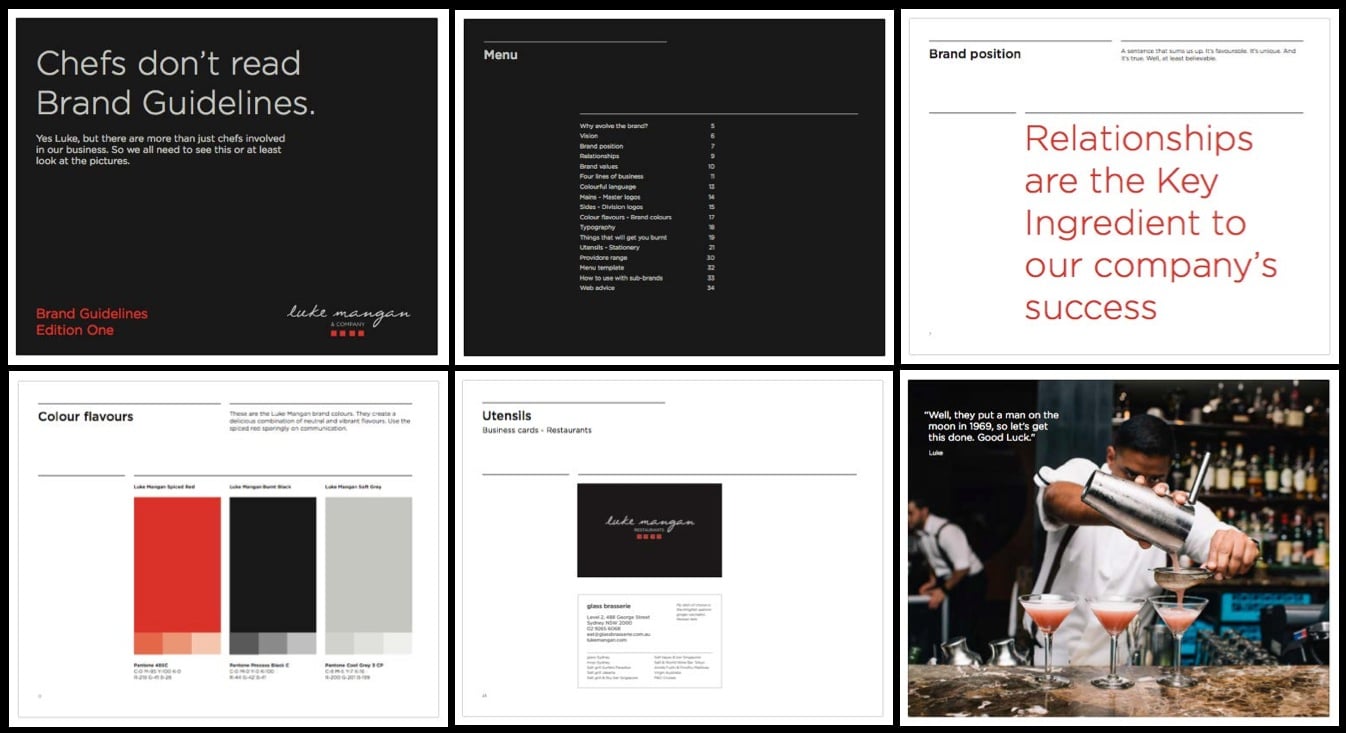Luke Mangan’s recipe for creating a brand from organic ingredients
Share
Restaurateur, businessman, mentor, chef. Natasha Menon talks us through the project to document and formalise a brand from component parts grown organically over a decade, and that’s inextricably linked to the identity of its founder, Luke Mangan. By Peter Roper.
_
This article originally appeared in The Identity Issue, our October/November issue of Marketing mag.
_
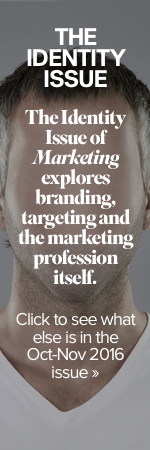 The unchecked growth of Luke Mangan’s empire over the last 10 years left the company with an amazing array of feathers in its chef’s hat, but the brand with a lack of strategic direction and consistency and clarity of brand positioning and communication.
The unchecked growth of Luke Mangan’s empire over the last 10 years left the company with an amazing array of feathers in its chef’s hat, but the brand with a lack of strategic direction and consistency and clarity of brand positioning and communication.
The business was performing exceptionally well financially, but marketing and communications manager Natasha Menon saw there was an issue with recall and recognition, and an opportunity to take Luke Mangan and Co from an entrepreneurially-built enterprise to a unified brand that could be a platform for further growth.
Menon wanted to tell the story, not of Mangan as a chef, but of Mangan as the man wearing a multitude of different hats: a restaurateur, businessman and mentor.
The Luke Mangan brand, it should be prefaced, can be split into four areas, or the ‘four main meals’ as they’ve been affectionately titled:
- Partnerships: with P&O Cruises, Virgin Australia, Hilton Hotels and Eastern Oriental Rail,
- restaurants: Glass Sydney and Mojo Sydney, Salt grill restaurants in Surfers Paradise, Jakarta and Singapore, a Salt tapas and wine bar in Singapore, Salt and World Wine Bar in Tokyo, Amilla Fushi and Finolhu in the Maldives,
- Providore: a range of products, including gifts and vouchers, food products and experiences, and
- development: the arm including the Inspired Series education program and the Appetite for Excellence Awards.
Menon remembers issues with ‘recall and recognition’ of the brand, although not necessarily Mangan’s name. “People could recall his name, but due to this extensive amount of growth, they couldn’t remember where it was associated,” she says. “It was either ‘Luke Mangan, the Virgin Australia resident chef’ or ‘Luke Mangan, the P&O cruise ship guy’.”
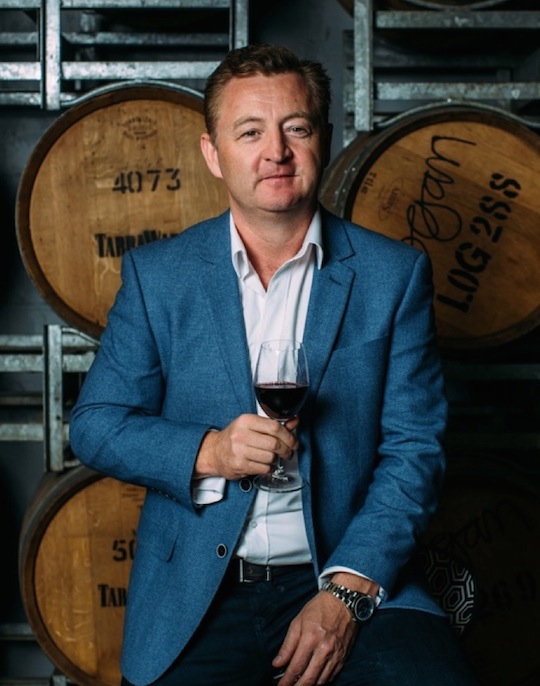
The brand, which has seen Mangan become the first ever chef with products on planes, trains, ships and shore is spread over five continents, 19 restaurants, a handful of partnerships and more. It was a global entity in need of brand loyalty.
The ensuing implementation of brand unity across half the globe was a monumental task that took 12 months and involved asking what staff , partners and guests thought about Mangan the man, to try and ascertain and define Luke Mangan the brand.
The brand strategy work undertaken over the last 12 months was planned out and broken into six parts.
- redevelopment of brand strategy,
- redevelopment of marketing communications strategy,
- redevelopment of digital strategy,
- business development,
- internal marketing/organisational restructure, and
- PR communications strategy for new brand position/brand refresh – the search for Australia’s biggest foodie.
After speaking to dozens of people, “from wait staff to senior execs, to current partners”, a pattern began to emerge. The pattern was “a very strong sense of loyalty” associated with Mangan that “you don’t generally associate with chefs,” Menon says.
So the brand image, much like Mangan’s character, would encompass loyalty, cooperation and relationships. Mangan’s strength is building and cultivating relationships; so each of these points would be focused on in terms of relationships – with partners, producers, ingredients, and the team of up-and-coming talent and staff.
“Relationships may be a key ingredient to our business success, but it only actually works because of our team. Having good food, good wine and, most importantly, a really good time is what we’re all about, and what we believe every dining experience should be,” says an inspirational Mangan quote in the brand outlines.
The venture was, says Menon “much more than just publicity”; it was truly around building a business, much more so than when chefs usually hire marketers to promote their own brand image. “What was interesting about Luke’s was this was going to be a brand positioning strategy that was going to lead his whole business strategy as well, because he’d never had that defined,” explains Menon.
Uniting a staff of hundreds of chefs, wait staff and operations staff all over the world, to build a brand to create brand loyalty, would be no mean feat. A lot of responses, Menon recalls, were along the lines of ‘brand loyalty? What’s this jargon? What’s this marketing girl talking about?’
A series of brand guidelines were developed, which, when followed, would align a restaurant team with the Luke Mangan and Co brand image. The problem with this, was that ‘chefs don’t read brand guidelines’.
So how would they go about producing brand guidelines that would cut through the scepticism of the chefs? Simple. They put them in a handy document entitled, ‘Chefs don’t read brand guidelines’.
They also created a new range of websites for each arm of the business, each conforming to the new brand identity as outlined in the guidelines. This was a “beast” of an undertaking, says Menon.
“What we wanted the experience to showcase on the website was to reflect Luke as an individual. The tone of voice, the direction of how and what imagery we use was very much driven by him.”
Social media was also a heavily utilised tool in the establishment of the brand identity, because, says Menon, “It’s the most reactive base for us to communicate with our customers,” adding, “[it’s] a huge part, an area we are now looking to continue, evolve and grow.”
Partnership contracts form some of the brand’s biggest ventures, and Mangan takes an active role in building and nurturing them all. “A word Luke refuses to use is ‘consultant’,” says Menon. “It’s purely because his belief is that a consultant is somebody that consults, but is not involved. We really position our brand as an extension of their team.”
With Virgin Australia, a dedicated team defines and specifies the business class food and beverage menu. “A full service experience,” says Menon. “In a communications context, we create a restaurant experience in the sky.”
The partnership with P&O Cruises sees a sole Salt grill restaurant on five of the P&O Cruise ships, each run by the internal Luke Mangan and Co team.
The partnerships have been a success to date, and the brand consolidation has been successful in promoting and engaging new partnerships. The partnership with Eastern and Oriental Express is an example of one of the “great wins that have come off the back of” the brand strategy, says Menon. It sees the brand add the ‘train’ stamp to its ‘planes, trains, ships, shore’ conquest, opening a Salt grill on ‘Asia’s most luxurious train’. Mangan also acts as an ambassador for Tourism Australia, where he sits on an advisory board with the likes of Donna Hay and Peter Gilmore.
The latest aspect of this enormous brand development project is the search for a ‘CEO’, a culinary experience officer. Operating in October after an applications and three-month shortlisting project, it essentially sought to find “one individual that encapsulates the same passion and love for food, wine and great times” of the Luke Mangan brand. The shortlist process involved engagement with all the brand’s partner companies, involving them on the panel discussion to narrow the running down to about eight to 10 candidates, “but maybe a bit more,” says Menon, before mentioning over 4000 people applied for the position.
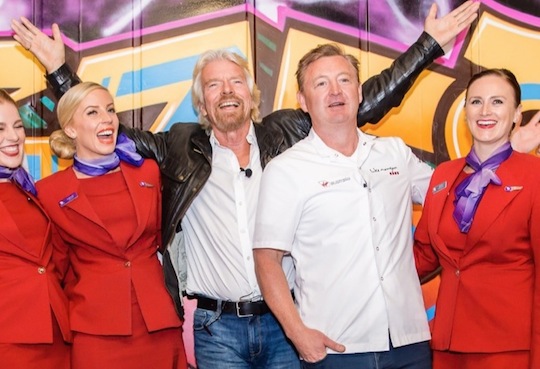
For the month of October, the selected candidate will be trained up by Tourism Australia’s social media team, undergo a three-and-a-half-week trip to develop content for Luke Mangan channels, go on the inaugural Eastern Oriental Express journey and attend two new restaurant launches in Japan.
“Essentially, they’ll be an ambassador [for] our business,” says Menon. The idea of such a role was in answer to the question of “how do we get this message out there without talking a whole heap of marketing jargon,” she says.
Choosing a brand ambassador gave a “sense of accessibility” to the project, and the fact that these days ‘everyone’s a foodie’ makes for a highly engaged audience on social.
“It’s really for somebody that wants to put their name in front of some quite influential figures within the food and beverage scene across Australia and the travel scene,” explains Menon.
Another aspect of the rebrand was the part development/ part redevelopment of the Luke Mangan four squares brand logo. Prior to Menon’s involvement, the “meaningless” four squares were everywhere.
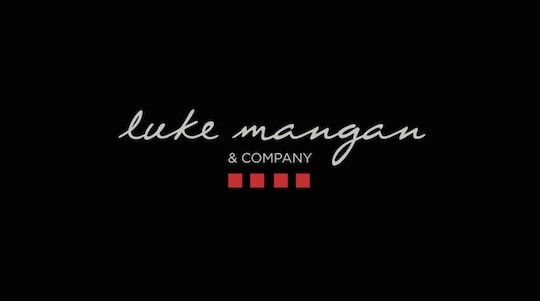
“One of the first jobs I had to do,” recalls Menon, was to go to every one of the company’s restaurants, picking up every piece of collateral each restaurant had, to get a better idea of how it was being used in different ways. It was a “horrifically painful” exercise. “It was being used as a diamond, as a shape, as this, as that, as one square or two.”
This liberal and varying use of the four squares brand logo is but another example of the “inconsistency and lack of clarity” surrounding the Luke Mangan empire’s brand before this undertaking.
Regardless of how Menon felt about the four squares at that time, the idea was not to “shift too far” from this original logo from a creative perspective. Instead the decision was made to embrace, perfect and align the four squares to a uniform design and use across the whole brand.
Essentially, the task was to ‘reverse engineer’ a meaning onto them. The “sea, sky, rail and shore” quadrifecta or the company’s four arms of “partnerships, restaurants, Providore Range and development” are both offered up by Menon as potential ideas for what the squares could represent.
The Luke Mangan (non) brand guidelines show just how strictly the brand now uses the four squares across letterheads, business cards, email signatures, Providore Range packaging, menus and online.
The rapid growth also meant the management hierarchy lacked structure. “There was Luke, and there were 700 people underneath him,” says Menon. Building a management structure from the ground up made it easier to envision how “a business strategy could evolve up through this”.
Communicating the structure and unified brand strategy began at the “troop level”. “They’re the core of our business,” says Menon, “the bread and butter of any service related team.” After this were the four lines of the business, each of which now has its own head.
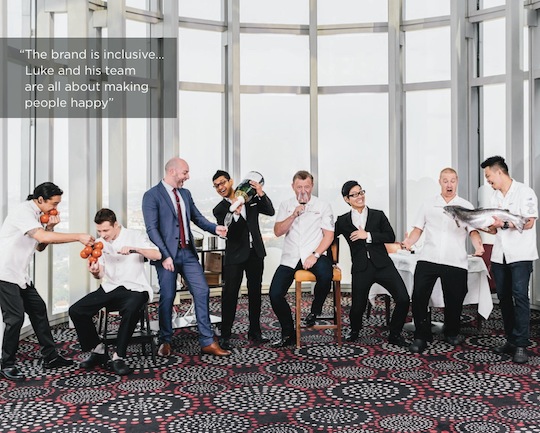
If anything, the new master brand identity helps Mangan and Co make operational and partnership decisions. “Having a clearly defined brand position enables us to decide if we’re going to partner with somebody, or if we’re going to open a restaurant. Are the audience who come to eat at the restaurant the type of people who’ll appreciate our brand? Or if it’s a partner, is this the sort of partnership where we’ll equally benefit one another?” says Menon.
“Before, we never had that sounding board to check. But now, we’re able to define and specify the direction we need to keep targeting.”
For Menon it’s been a thoroughly rewarding experience.
“From a marketing perspective, the rewarding component is walking into a business that doesn’t necessarily understand the value of what marketing and communications can do, and then shifting the angle to focus marketing and communications for a very centric focus in decision-making processes.”
“It’s blown my mind,” she says.


